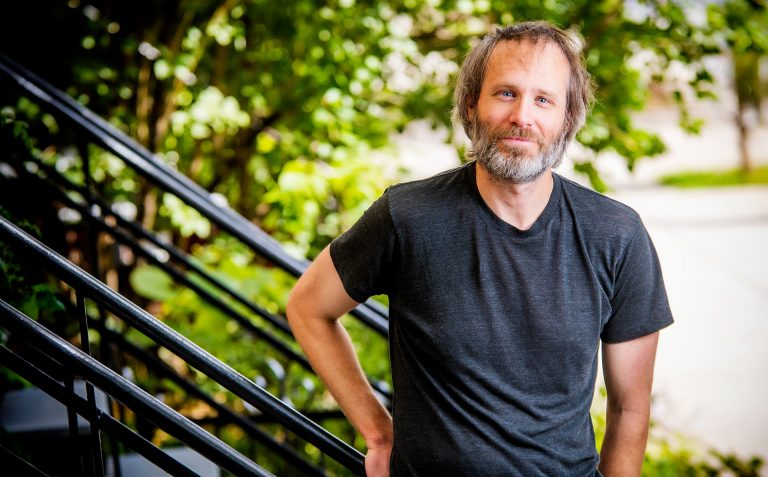The language used to describe ‘homegrown terrorism’ reveals as much about those who coined it as it does about Canadian-born extremists

In the decades following the 9/11 attacks in the United States, the fear of the homegrown terrorist captured the imaginations of journalists, academics, politicians and security officials.
The concept came with a particular set of assumptions: the terrorist is a radicalized young man, usually the son of Muslim immigrants and is intent on attacking the symbols of authority in his home country at the urging of a religious figure he found online.
Kris Millett, a PhD candidate in Concordia’s Department of Sociology and Anthropology, recently published a paper on the topic in the Journal of Canadian Studies. In it, he looks at how the concept of the homegrown terrorist has been represented in the media, in academic papers and in grey literature (think tank and government reports, evaluations, position papers and so on).
By looking at a selection of published works, Millett argues that a narrative template has emerged that includes the above assumption about radicalized youth and adds the following elements:
- Homegrown terrorism is a relatively new and growing phenomenon.
- It poses a significant, perhaps existential threat to national security.
- It entraps and transforms otherwise “normal” young Canadians.
- There is not usually an identifiable cause of radicalization.
- The result is a persistent sense of threat and uncertainty in the country.
This framework, he says, is not necessarily inaccurate, but it has emerged from a consensus among the field’s relatively small group of trusted thought leaders in the often-overlapping fields of media, academia and government. He points out that it often leaves out room for new voices who bring new perspectives, and it relies too often on problematic Orientalist biases against Muslim and racialized minorities in Canada.
Shifting threats, different language
Even as right-wing extremism has emerged as a major threat to Canadians in recent years, Millett argues that it is not addressed with the same language — or sense of urgency — that was seen when threats originated from within the Canadian Muslim community.
“Some of those right-wing extremist ideas are ingrained in Canadian history in a way that isn’t the case with so-called Islamic extremism,” Millett says. “Whereas this idea of homegrown terrorism means people are asking, ‘What is happening on our shores?’ The use of the word ‘homegrown’ carries the assumption that the type of problem we are discussing is supposed to be happening somewhere else, that it has nothing to do with us.”
There are some similarities in how the literature describes both right-wing and Islamic extremists, especially when questioning the radicalization of so-called “normal” young Canadians. But he notes that there are serious differences as well.
Following the attacks on Parliament Hill in October 2014, politicians and security officials said Muslim extremists were targeting “Western civilization and style of government,” that they had a “hatred … for normal Canadians” and were “willing to attack the real core of our nation.”
Millett found little such language when it came to the January 2017 Quebec City mosque shooting or the 2018 Toronto van attack, both of which were far more lethal than the Ottawa shootings. “Right-wing extremism is considered more of a public safety threat, rather than an existential one,” he says.
A growing problem ready for study
The existing narrative will be challenged by new voices that have emerged this past decade in response to the growth of right-wing extremism. He hopes these voices will include those from gender and youth studies, critical race studies and communities that are the subject of so much of the discussion.
As he prepares to finish his research and write his dissertation, Millett says he is planning to continue to study the field of counter-radicalization, which has developed into a new and vibrant area of inquiry over the last 10 years.
“It intersects with other types of social problems surrounding at-risk youth,” he says. “It’s a gigantic project and I have a lot of work to do.”
Read the cited paper: “Conceptualizing a National Threat: Representations of ‘Homegrown Terrorism’ in the News Media, Academia, and Grey Literature in Canada.”



